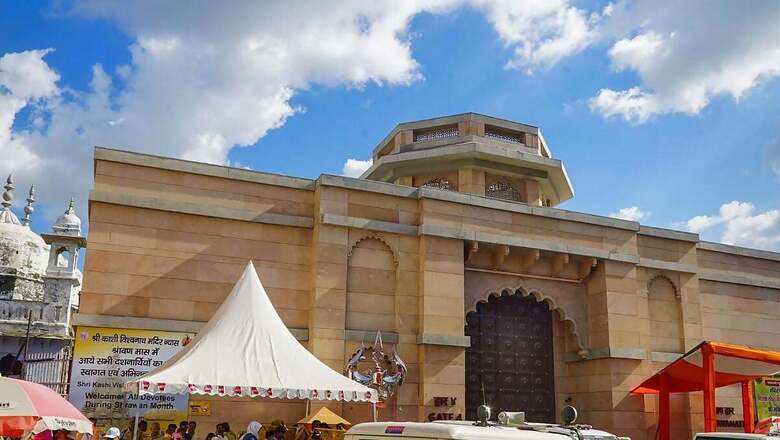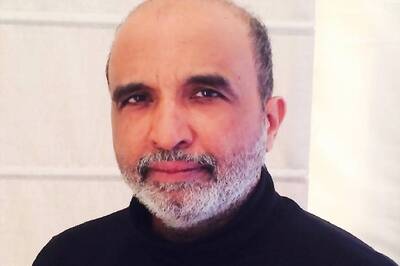
views
Unlike surveys of any other heritage structure, the one carried out on court’s orders at Gyanvapi mosque on Friday was no ordinary one. Officials with the Archaeological Survey of India (ASI) and others who were engaged in the survey called it one of the most high-profile surveys of recent times. Amid tight security, at around 7.40am a specialised ASI team along with the four women plaintiffs (in the Shringar Gauri-Gyanvapi case), along with a team of lawyers was allowed to enter the premises of the mosque to carry out the scientific survey of the disputed structure.
The ASI team divided itself into four parts and installed video cameras in order to record the entire scientific survey. The officials collected some samples from the site, including of the mortar and the soil. The surveyors also clicked photographs of the structure and the floral designs and carvings on its walls in order to ascertain its age. In an almost four-hour survey, the experts also took stock of the architectural designs and other factors to determine the age of the Gyanvapi mosque.
However, the exercise was paused following directions from the Supreme Court.
The scientific survey of the Gyanvapi mosque was ordered by the Varanasi district court on Friday to ascertain whether it was built over a pre-existing temple or not. The order, however, excluded the section of the structure that remained sealed since the Supreme Court’s order dated May 22. It’s the area where Hindus claimed to have found a Shivling whereas Muslims say it is a fountain, a part of the Wazoo Khana (place of ablution).
The survey was halted until 5pm on Wednesday on the SC’s orders. Besides, the top court stated that if the petitioner moves to the high court, the registrar judicial of the HC should ensure that it is placed before a bench so that it is heard before the status quo order ends. The SC’s order on the survey is an outcome of the hearing of a contempt petition filed by the Gyanvapi mosque management committee challenging the district court’s order for an ASI survey of the mosque complex.
However, this is not the first time that the demand for scientific intervention was raised by the plaintiffs in the Shringar Gauri-Gyanvapi case. In September 2022, the Hindu side filed the plea seeking “permission for carbon dating of the Shivling-like structure found on the Gyanvapi mosque compound, walls and other structures on the masjid complex”.
Later, however, there seemed to be a division among the Hindu plaintiffs as one of them registered a protest. Rakhi Singh, one of the five women plaintiffs in the Shringar Gauri-Gyanvapi case, had said that carrying out “carbon dating of the Shivling is an anti-religion act and a mockery of the feelings and beliefs of all Sanatanis (Hindus)”.
Jitendra Singh Bisen, chief of Vishwa Vedic Sanatan Singh and representative of Rakhi Singh, had said that carrying out carbon dating of the Shivling-like structure could be considered an “act of sacrilege”. “It is like putting a question mark on the existence of Shivling,” he had said.


















Comments
0 comment